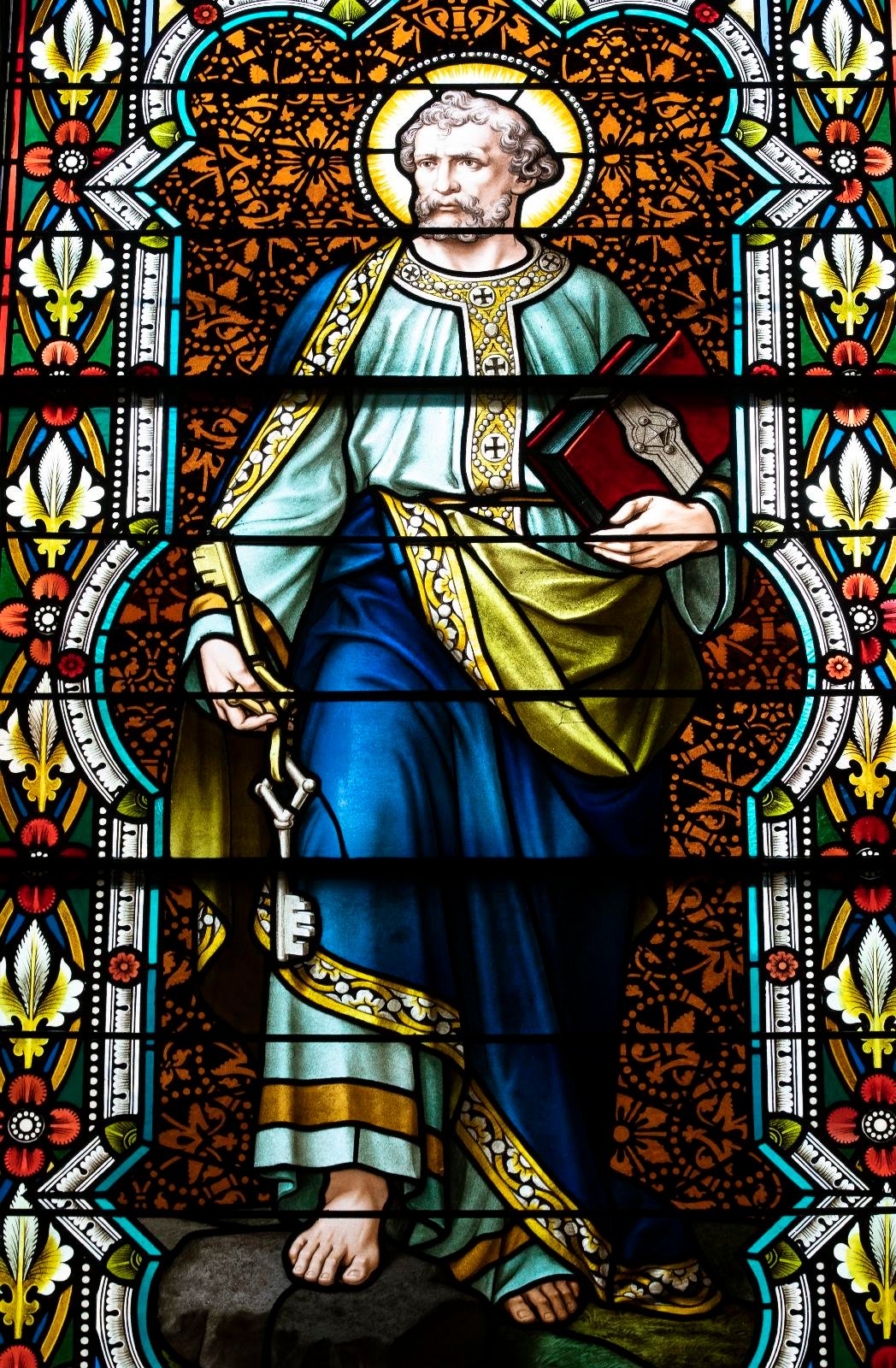Imagine for a moment that St. Peter, standing before the centurion Cornelius, had said, with a somewhat embarrassed grimace, “Well, it’s my personal opinion that Jesus rose from the dead — whatever that means. But that’s simply my truth — just one possible explanation.”
It sounds ridiculous. But it’s impossible to ignore that such words have often come from the lips of many modern-day Christians. Perhaps they have only a passing knowledge of what Scripture, tradition and history say about the Resurrection. Perhaps they don’t wish to offend those who scoff at such a “simplistic” acceptance of a supernatural event. Or perhaps they really feel different people can have different “truths.”

But Peter’s words were direct and bold. “We are witnesses of all that he did,” he said. “This man God raised on the third day and granted that he be visible, not to all the people, but to us, the witnesses chosen by God in advance.” Such words are, to many people today, triumphalistic, exclusive and arrogant. But, then, we live in an age in which the only firm belief given a free pass is the belief that faith is not believable. “Faith” is seen as superstitious, based (at best) on feelings and intuitions.
Yet St. Cyril of Jerusalem wrote that when Peter and John ran to the empty tomb they did not “meet Christ risen from the dead, but they infer his resurrection from the bundle of linen clothes” and connected that physical fact to Jesus’ words and the prophecies of Scripture. “When, therefore, they looked at the issues of events in the light of the prophecies that turned out true, their faith was from that time forward rooted on a firm foundation.”
Hans Urs von Balthasar observed that Peter represents the ecclesial office — the papacy — and John symbolizes ecclesial love. Love, not burdened by the cares of the office, runs faster. “Yet Love yields to Office when it comes to examining the tomb, and Peter thus becomes the first to view the cloth that had covered Jesus’ head and establish that no theft had occurred.” Then Love entered, “and he saw and believed.” This indicated, von Balthasar stated, that “faith in Jesus is justified despite all the opaqueness of the situation.”
By the time Peter preached on Pentecost (Acts 2:14-36) and to the household of Cornelius, the opaqueness had completely dissolved in the light of the Risen Christ. Peter and the apostles were witnesses — and it is important to note that the Greek root word for “witness” and “testimony” (see John 21:24) is “martus,” from which comes “martyr.”
Peter, in particular, had a special role as witness. “If being a Christian essentially means believing in the risen Lord,” Pope Benedict XVI wrote in “Jesus of Nazareth: Holy Week,” “then Peter’s special witnessing role is a confirmation of his commission to be the rock on which the Church is built.” This is brought home emphatically in the final chapter of John’s Gospel, where Peter’s place as head apostle was reaffirmed by Jesus and then further affirmed by the promise of martyrdom (John 21:15-19).
When it comes to Jesus and the resurrection, the world offers a host of opinions, most of which dismiss and deny the possibility that “this man” was “raised on the third day” by God. But, as St. John Henry Newman pointed out, “No one is a martyr for a conclusion, no one is a martyr for an opinion; it is faith that makes martyrs.”
Carl E. Olson is editor of Catholic World Report and Ignatius Insight.